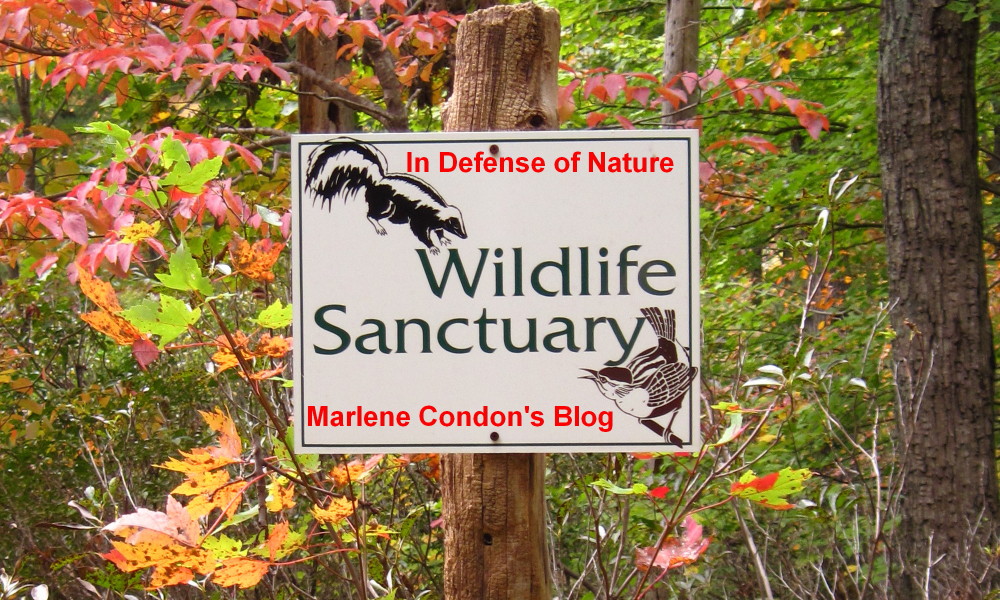Non-native Trees May Help
the Environment
 |
| Enlargement of photo below of leaf-footed bug |
ALL TEXT AND PHOTOS © Marlene A. Condon
One
day I observed fresh stumps of Paulownia tomentosa (commonly known as
Princess Tree) along a roadway. I knew why the trees had been cut down: they’re
from Asia. Current dogma (a set of beliefs people are expected to accept
without any doubts, and which they normally do accept without question because
of peer pressure) insists these trees be gotten rid of because they’re not
native to the United States.
I
had observed these specific trees for many years. In spring, the lovely large
bell-shaped lilac flowers had fed numerous pollinators, the first group of
insects to be recognized as disappearing from our world—due largely to habitat
loss.
The
alien Princess Trees had allowed pollinators to find food where none would
otherwise be forthcoming because lawn comprised the landscape to one side of
the trees and a river flowed past them on their other side.
Additionally,
American Goldfinches and other seed-eating birds were aided by the
fertilization of the Paulownia flowers that then produced pods of tiny
seeds that fed them during the harsh cold days of winter. And native
sap-sucking leaf-footed bugs (taxonomically classified as Family Coreidae) are
found regularly (singly and in mating pairs) on Paulownia.
Now,
however, the impacted area won’t provide food for any of these animals. In a
world of dwindling insect and bird populations due to habitat replacement by
development, it’s not helpful to further reduce habitat by removing
wildlife-friendly plants along a somewhat wild waterway.
Habitat
basically refers to the array of physical and biological resources in an area
that allows the survival and reproduction of a variety of species. If numerous
kinds of critters are surviving and reproducing well somewhere, then the area
meets the definition of habitat.
Only
a confused environmentalist could insist upon getting rid of certain plants
simply because they are non-native and don’t always feed native leaf-eating
insects (such as caterpillars)—the main reason for the push these days to rid
the environment of alien plants.
People
don’t realize that the natural world must meet the needs of all kinds of
critters, not just this subset of arthropods. When government officials and
environmentalists are swayed by such limited and unsound thinking, much harm
befalls numerous species of wildlife.
For
example, as I walk along roadways in winter lined with Japanese Stiltgrass (Microstegium
vimineum), I invariably see dozens of migratory Dark-eyed Juncos and
White-throated Sparrows feeding upon the seeds of this foreign species that
readily grows where the soil has been compacted by years of highway-department
mowing.
Knowing
these birds would be affected, I was saddened one late-summer day to see an
area of stiltgrass pesticided along someone’s property. The landowner’s concern
about this much-despised alien species resulted in needlessly adding
poison to the environment: Stiltgrass can be controlled, if desired, by mowing
it in late summer before the flowers go to seed.
Sixty
years ago, employing pesticides was anathema to environmentalists after author
Rachel Carson pleaded for folks to prevent a silent spring, devoid of birdsong.
Nowadays, however, much government money is being spent to rid the natural
world of plants quite helpful to wildlife because of the erroneous
environmental narrative that pesticides and bare ground are less harmful than
alien plants.
However,
our wildlife needs food and shelter now, not tomorrow. Native plants put
into the ground today will take years to develop into a functioning ecosystem.
Without
critical reasoning, better judgement, and making the effort to study the merits
of alien plants, we will continue our scorched-earth policy and all manner of
wildlife will simply continue to disappear—something we simply can no longer
afford.
NATURE
ADVICE:
Before buying
into the pervasive myth that alien plants are useless to wildlife, take time to
observe them. You will probably be surprised by what you discover.

.jpg)

